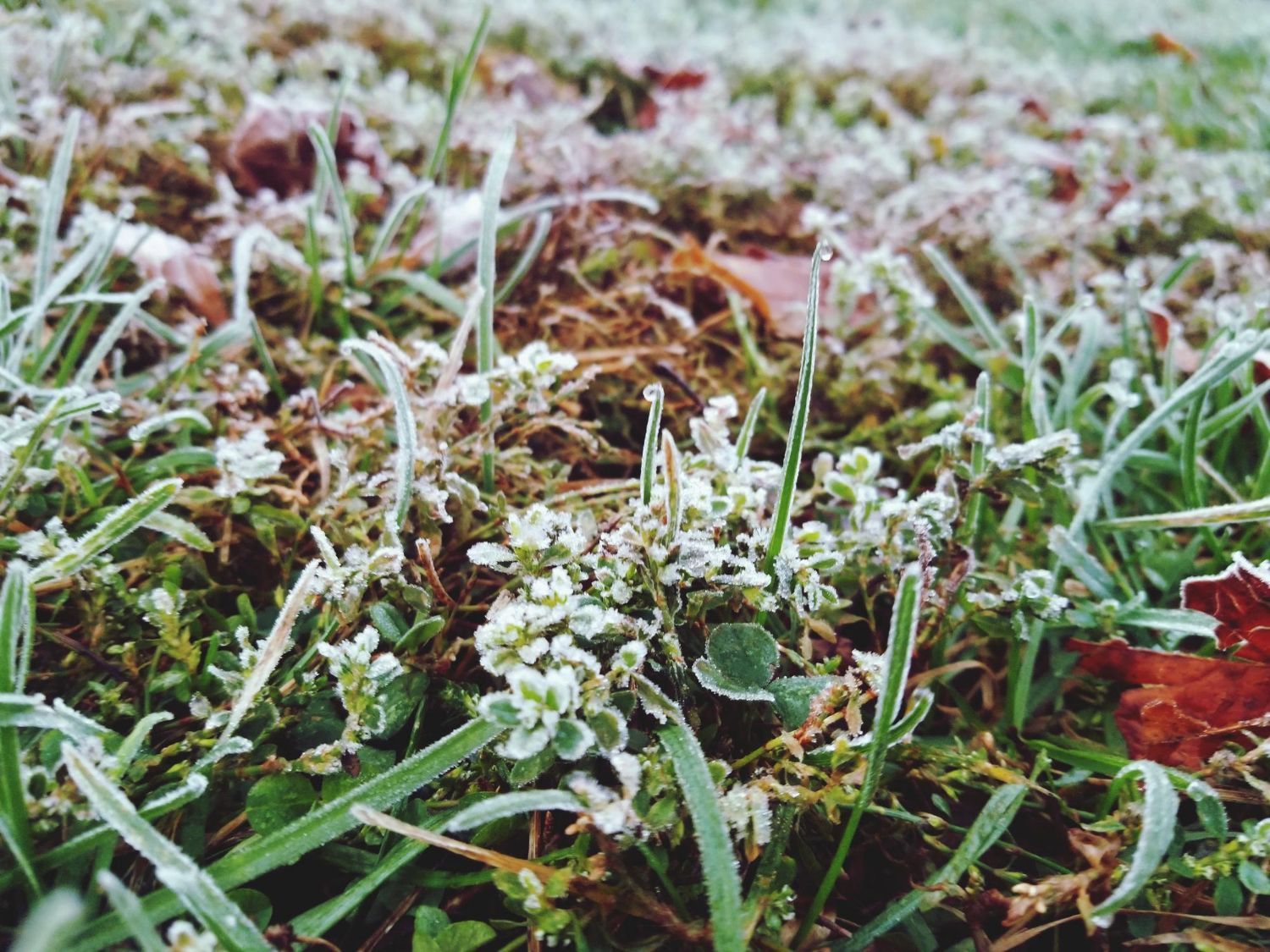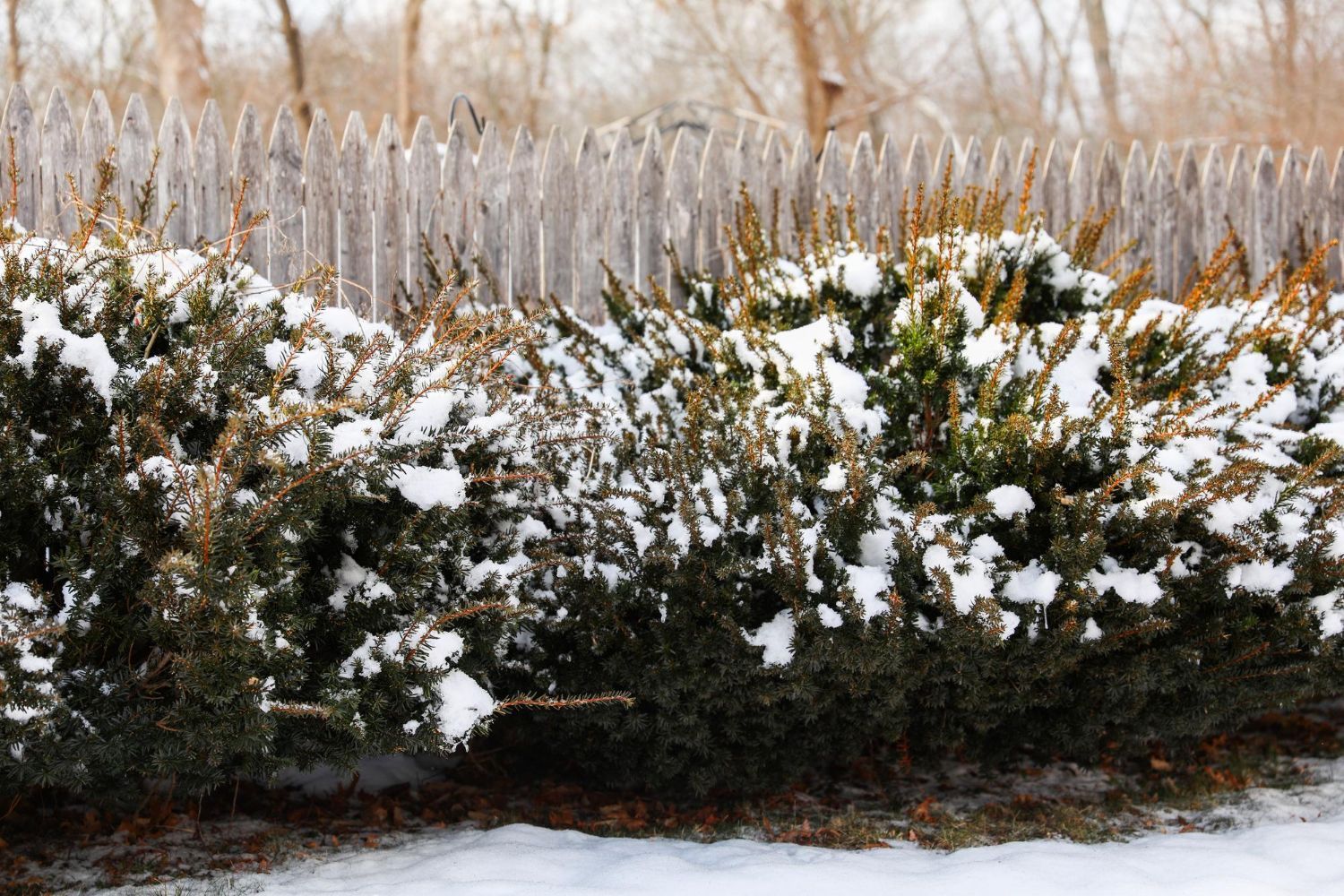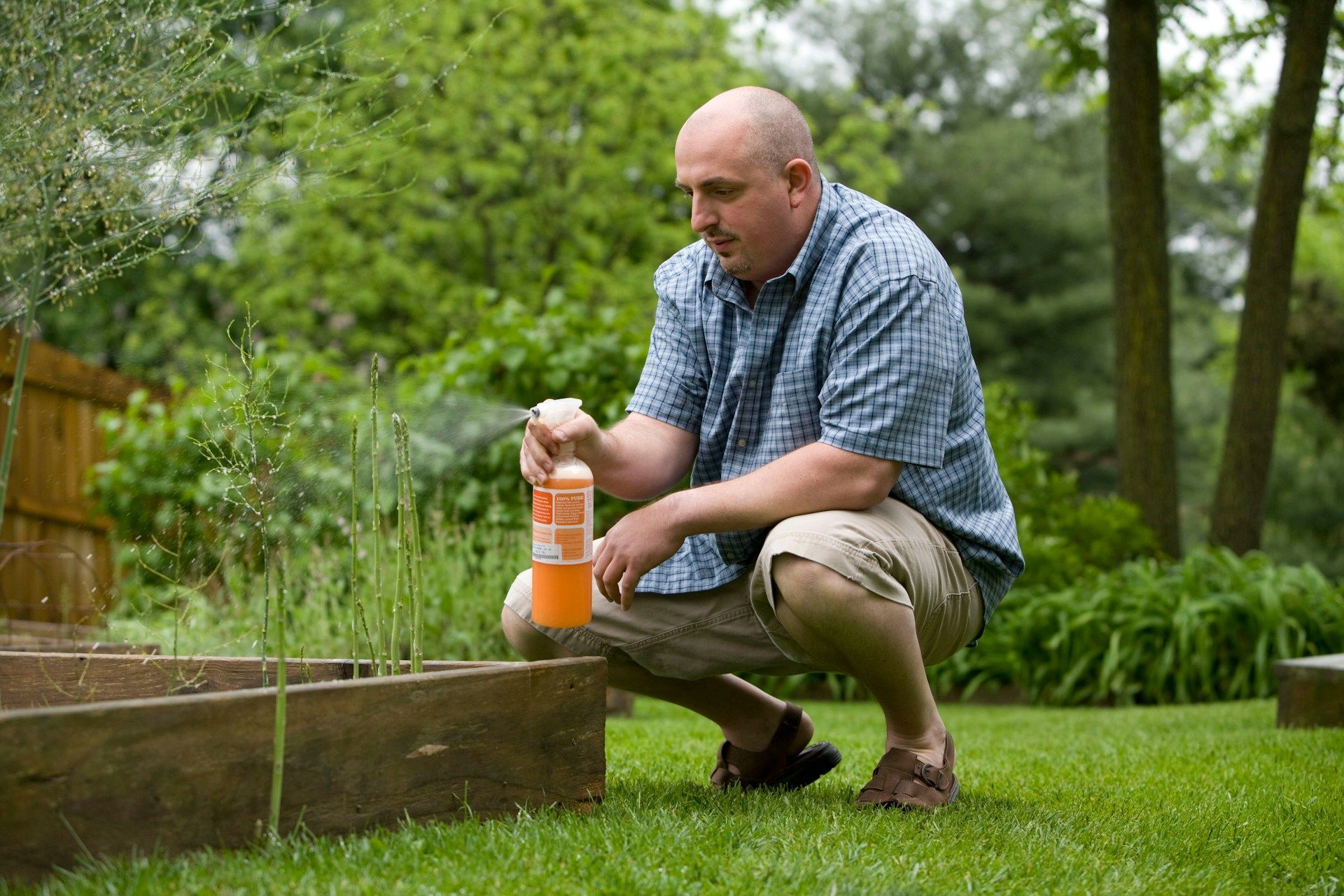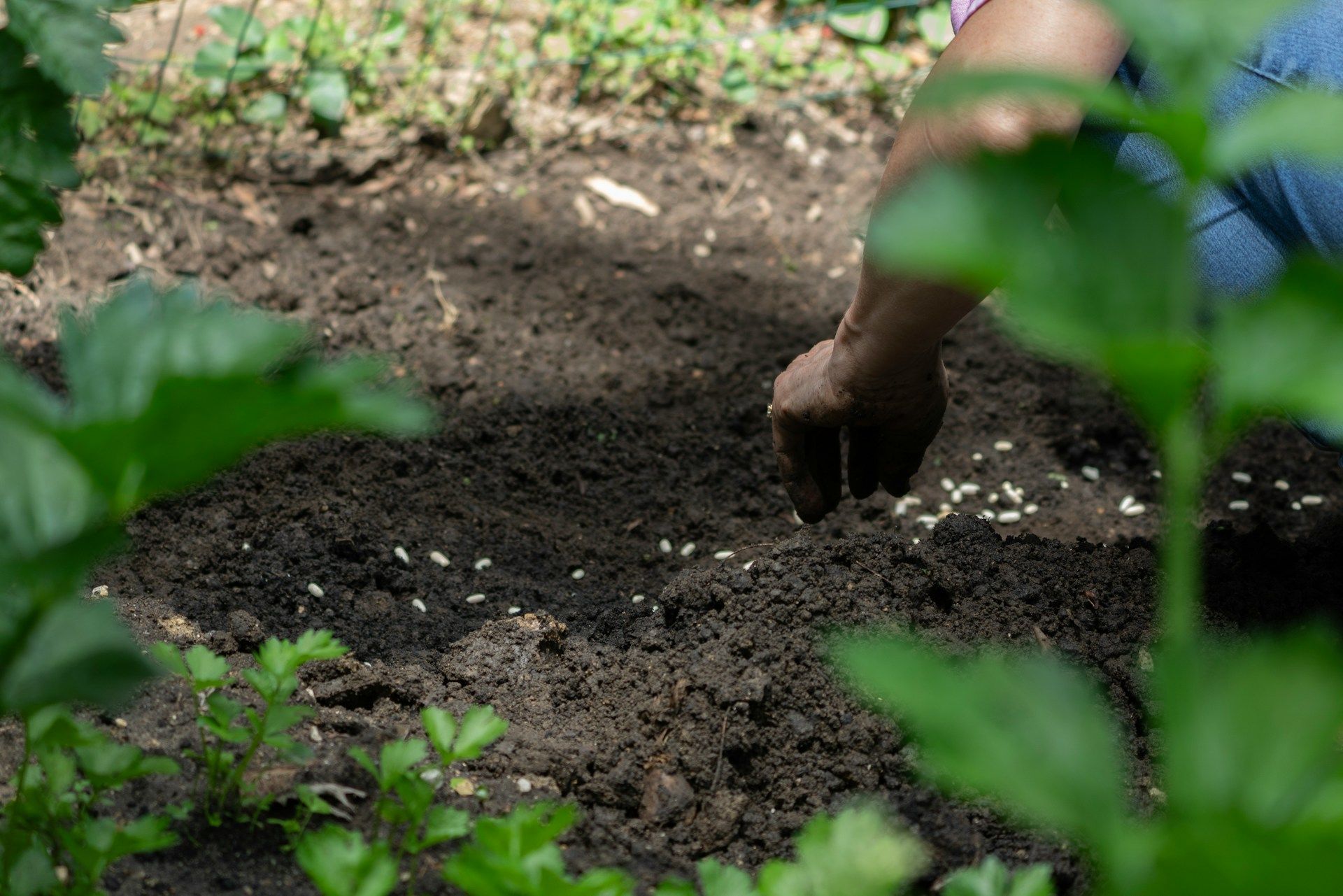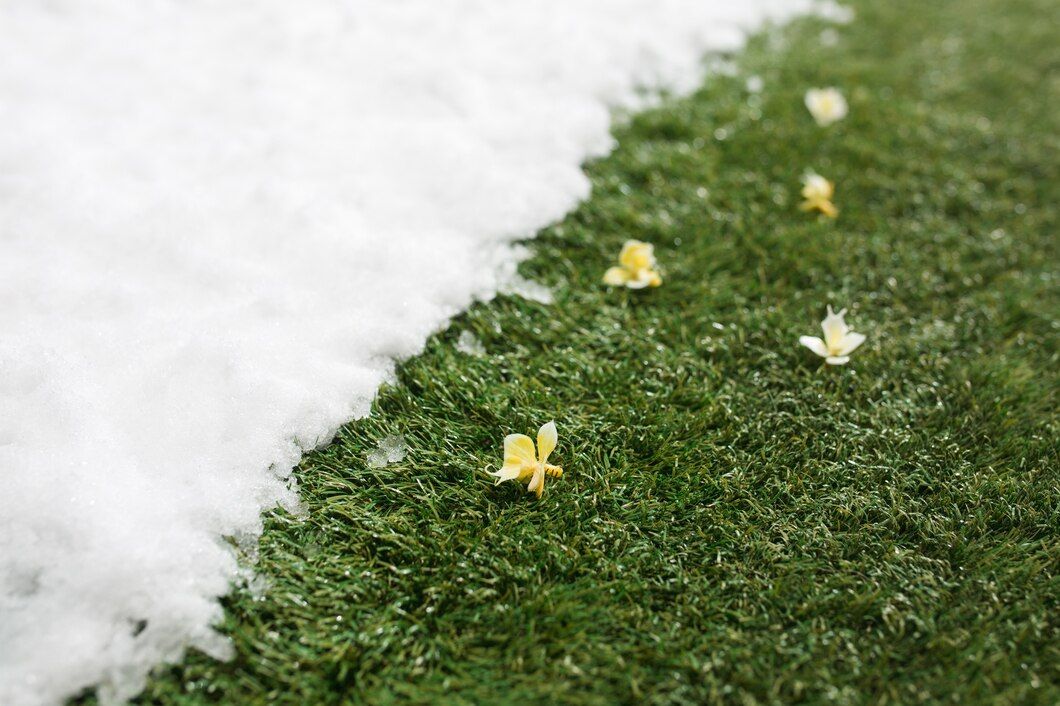What Our Customers Are Saying
Key Indicators of Shrub Health and Maintenance Techniques
Keeping shrubs healthy is vital for a vibrant and beautiful garden. Shrubs add structure and greenery, but they need proper care to thrive. Healthy shrubs are not only attractive but also more resistant to pests and diseases. Understanding the signs of health and stress in shrubs is the first step toward effective maintenance and care.
By regularly monitoring shrubs for signs of health, we can prevent issues before they become severe. Healthy shrubs have vibrant leaves and strong branches. On the other hand, stressed shrubs may show wilting, discoloration, or irregular growth patterns. Being aware of these signs allows for timely interventions, such as adjusting watering practices or checking for pests.
Proper maintenance techniques, including watering, fertilization, pruning, and pest control, help maintain shrub health. These practices ensure that shrubs receive the nutrients and care they need to grow robustly. Incorporating these techniques into our regular garden routine promotes not only the health of individual shrubs but also the overall beauty and balance of the garden.
Identifying Healthy Shrubs
Signs of a Healthy Shrub
Healthy shrubs enhance the beauty of our gardens and provide structure and greenery. We can identify healthy shrubs by looking for a few key signs. First, vibrant and consistent leaf color indicates good health. Leaves should be lush and deep green or the appropriate color for the particular shrub species. Second, strong and flexible branches are another good sign. When you gently bend a branch, it should have some give without breaking easily.
Third, look at the overall growth pattern of the shrub. Healthy shrubs grow uniformly without irregular gaps or stunted branches. Consistent flowering and fruiting, appropriate to the season, are also positive indicators. Lastly, healthy shrubs should have minimal damage from pests or diseases. Regularly inspect the leaves and stems for any signs of issues, such as holes or discoloration.
Common Indicators of Stress
Shrubs under stress often exhibit noticeable signs that can alert us to potential problems. One common indicator of stress is wilting leaves. When leaves lose turgidity and start to droop, it usually means the shrub is struggling with water absorption. Discoloration in leaves, such as yellowing or browning, is another clear sign. This could be due to nutrient deficiencies, water stress, or disease.
Other stress indicators include irregular or stunted growth, where some parts of the shrub may grow unevenly or not at all. This can happen due to root problems or inadequate nutrients. Additionally, an excessive leaf drop outside the normal seasonal changes suggests that the shrub might be under duress. Inspecting for these signs regularly helps us address issues before they become severe and compromise the shrub's health.
Preventive Maintenance
Proper Watering Techniques
Watering is crucial for maintaining healthy shrubs, especially during dry spells. Different shrubs have different water requirements, but a general rule is to water them deeply and less frequently rather than giving them a little water every day. This encourages deep root growth, which makes shrubs more resilient to drought. For most shrubs, watering once or twice a week should be sufficient, depending on the weather and soil type.
We should water shrubs early in the morning or late in the evening to minimize evaporation. Also, avoid watering leaves directly; instead, focus on the base of the plant. Using a soaker hose or drip irrigation system ensures water reaches the roots without wetting the foliage, reducing the risk of diseases. Monitoring soil moisture helps us adjust watering schedules as needed.
Soil and Fertilization Tips
Good soil health is fundamental for shrub well-being. We should start by ensuring the soil has good drainage properties and is enriched with organic matter. Adding compost or well-rotted manure improves soil structure and provides essential nutrients. Regularly mulching around the base of shrubs helps retain moisture and keeps the soil temperature stable.
Fertilizing shrubs provides the necessary nutrients for robust growth. Using a balanced, slow-release fertilizer works well for most shrubs. Apply fertilizer in the early spring when new growth begins and possibly again in mid-summer for an extra boost. However, avoid over-fertilizing, as it can lead to excessive growth that the shrub cannot sustain. Regular soil testing helps us understand nutrient deficiencies and adjust fertilization schedules accordingly.
Effective preventive maintenance practices keep shrubs healthy, making them more resilient to pests and diseases. Consistent watering, enriched soil, and appropriately timed fertilization promote strong growth and vibrant foliage.
Pruning and Trimming
Best Times to Prune Shrubs
Pruning is essential for maintaining the health and appearance of shrubs. The best time to prune shrubs varies depending on the type of shrub. Generally, the ideal time to prune flowering shrubs is right after they finish blooming. For spring-flowering shrubs, prune them immediately after their flowers fade. This allows the plants to recover and set buds for the next season.
For summer-flowering shrubs, prune them in late winter or early spring before new growth starts. Evergreen shrubs can be pruned in late winter while they are still dormant. It's important to avoid heavy pruning in late summer or fall as this can stimulate new growth that may not harden off before winter, making the plants susceptible to cold damage.
Pruning Techniques for Optimal Growth
Using proper pruning techniques ensures healthy and optimal growth for shrubs. Start by removing any dead, diseased, or damaged branches using clean and sharp pruning shears. Next, thin out crowded areas to improve air circulation and light penetration. This reduces the risk of disease and encourages vigorous growth.
Make cuts at a slight angle, just above a bud or a branch junction. Avoid cutting too close to the bud, as this can damage it or too far away, which can leave a stub that promotes disease. For large branches, use the three-cut method: make an undercut first, then a top cut a little further out, and finally remove the remaining stub. Pruning regularly and correctly shapes the shrubs, encourages flowering, and maintains overall plant health.
Dealing with Pests and Diseases
Identifying Common Pests
Shrubs can attract various pests that can harm their health and appearance. Common pests include aphids, spider mites, and scale insects. Aphids are tiny, soft-bodied insects that cluster on new growth and suck sap from the plants. This can cause leaves to curl and turn yellow. Spider mites are minuscule and often leave fine webbing on the undersides of leaves. They suck sap, leading to stippled or bronzed foliage.
Scale insects are immobile and adhere to stems and branches, forming small bumps. They also suck sap, weakening the plants. Inspect shrubs regularly for signs of these pests, such as discolored leaves, webbing, or sticky residue (honeydew) on leaves and surfaces beneath the plants. Early detection allows for prompt treatment, minimizing damage.
Effective Treatments and Prevention
Effective treatment of shrub pests often starts with natural remedies before resorting to chemical controls. Washing plants with a strong stream of water can dislodge aphids and spider mites. Introducing beneficial insects, such as ladybugs and lacewings, helps keep pest populations in check. In cases of severe infestations, insecticidal soap or horticultural oil can be effective and minimally harmful to beneficial insects.
Prevention is key to maintaining healthy shrubs. Regularly inspect plants for early signs of pests and diseases. Proper watering, mulching, and fertilization enhance plant vigor, making shrubs more resilient to pests. Avoid overhead watering to reduce the humidity that pests and diseases thrive on. Pruning to maintain good air circulation also helps prevent fungal infections.
Conclusion
Maintaining the health of shrubs is essential for a beautiful and thriving garden. By understanding the key indicators of shrub health, we can promptly address signs of stress and implement effective maintenance techniques. Regular monitoring, proper watering, soil care, and timely pruning ensure robust growth and resilience. Additionally, being vigilant about pest and disease management protects shrubs from potential damage.
Healthy shrubs contribute to the overall beauty and balance of our gardens, making them a joy to behold. Implementing these practices helps create a lush, vibrant landscape that enhances the appeal of our outdoor spaces.
Ready to ensure the health and beauty of your shrubs? Contact Healthy Lawn today for professional
lawn care services in New Jersey. Let us help you maintain a stunning and thriving garden all year round.



